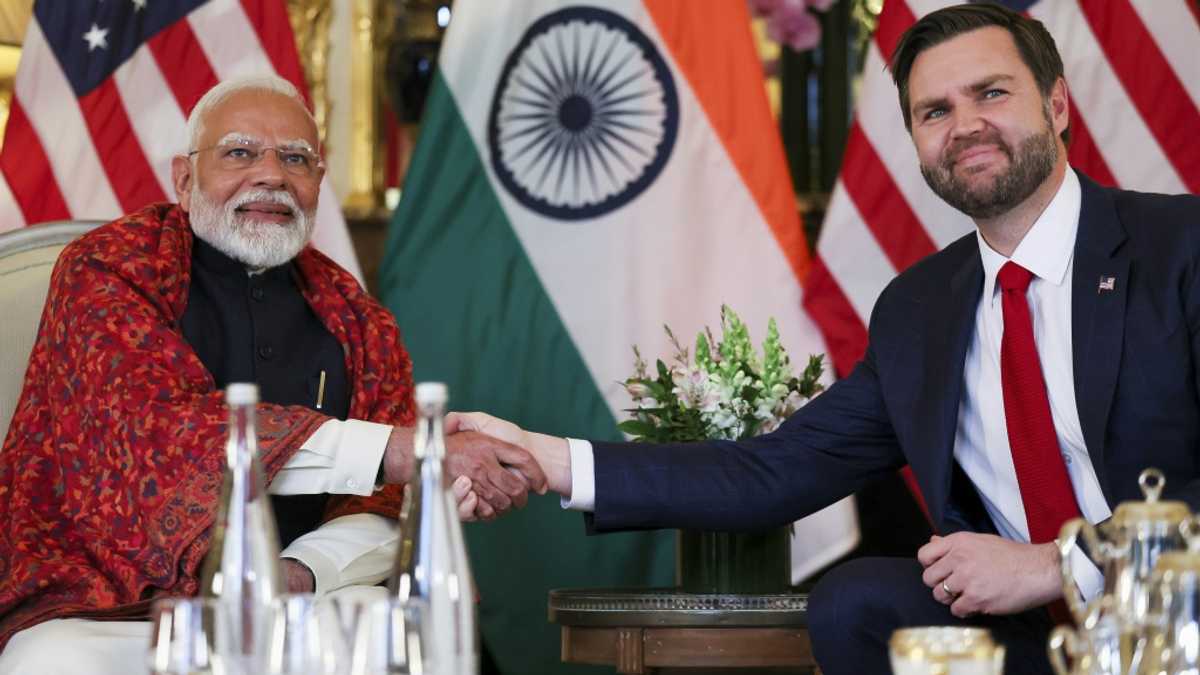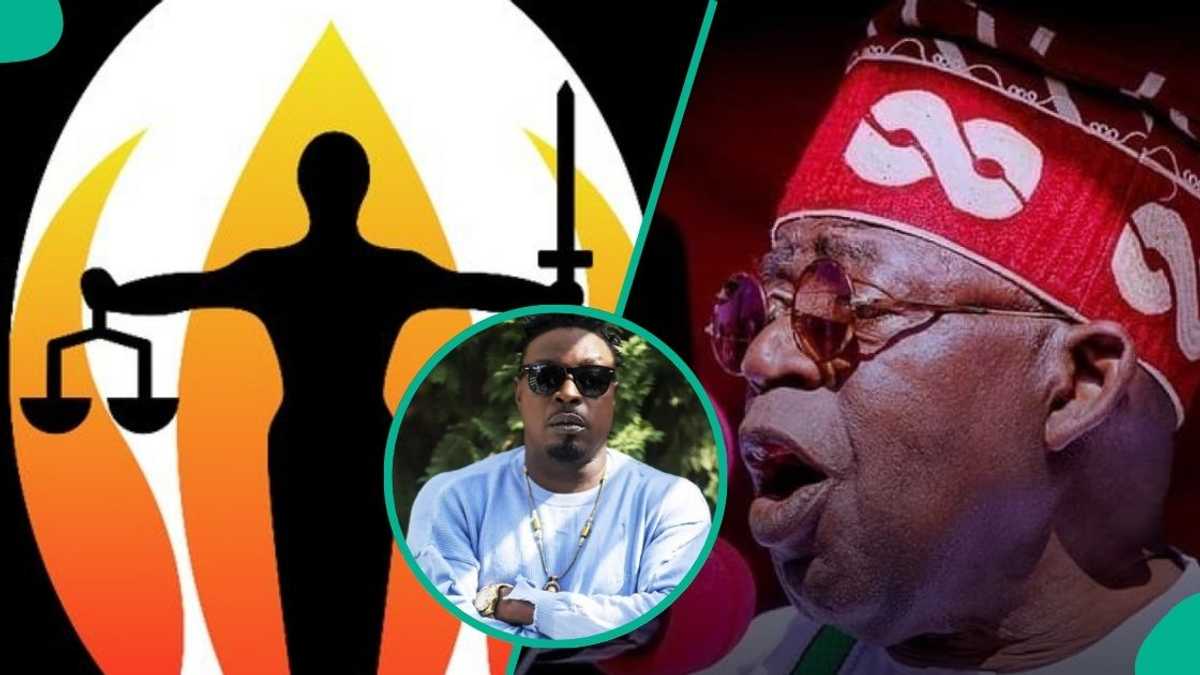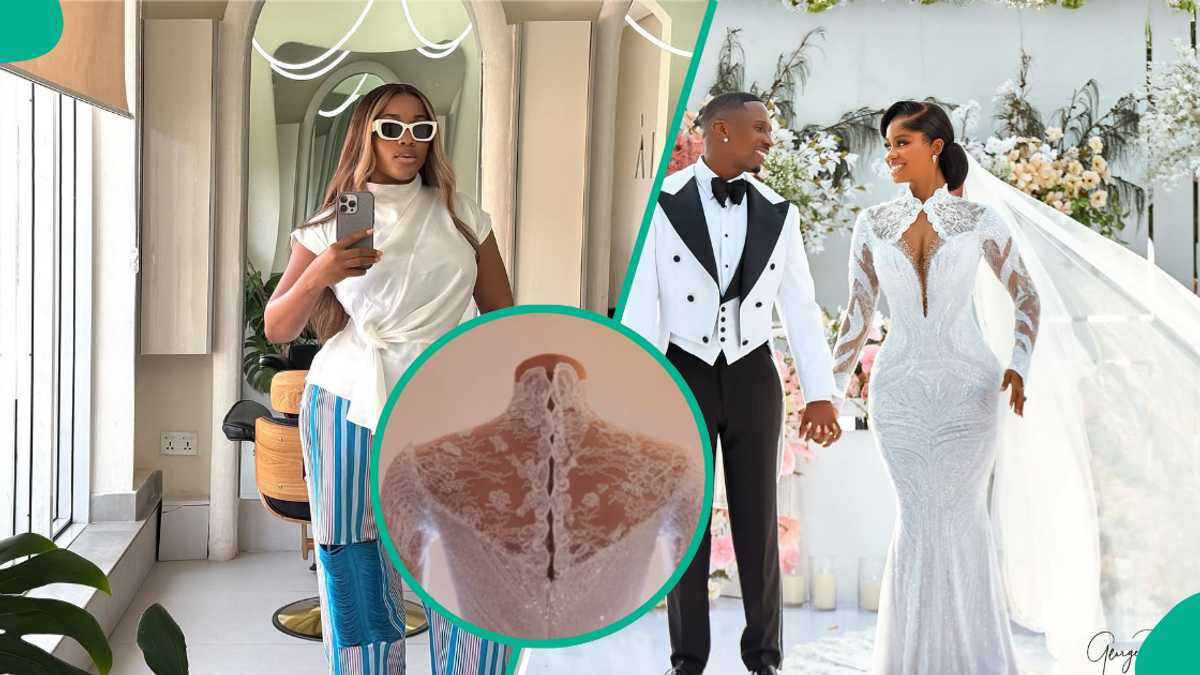Blade Runner and Fashion: The Cyber-Noir Legacy That Redefined Style

Givenchy Haute Couture Fall 2018 by Lee McQueen

Givenchy Haute Couture Fall 2018 by Lee McQueen

Givenchy Haute Couture Fall 2018 by Lee McQueen

Givenchy Haute Couture Fall 2018 by Lee McQueen
It’s no coincidence that Rachel’s outfits, portrayed by Young, were inspired by the creations of , the greatest costume designer cinema of the 1930s (and beyond) had ever seen. An artist primarily focused on “dressing” the minds of female leads so they could truly feel the role they were playing—regardless of genre or era. For Rachel, the keeper of the secret and the interpretive key to Blade Runner, this meant building an armor with which to face the world. Thus, , a cinched waist, and a pencil skirt would place her on the battlefield protected and assured—drawn from the late 1930s to early 1940s suits, the same rediscovered and reinterpreted by women in the ’70s and ’80s thanks to Ridley Scott’s film. A reinvented vintage that still remained faithful to the past (fitting, since the film is not just a noir, but a neo-noir)—from Rachel’s futuristic hairstyle to the oversized fur coat worn under the endless rain of 2019 Los Angeles. And in the end, didn’t we all rediscover and elevate vintage during those same years? A character whose structured suits fascinated everyone from to , clashing with the overt punk references that also influenced the characters’ looks—like Pris’s black makeup, played by Daryl Hannah, and her “raccoon eyes.”
Blade Runner was destined from the beginning to become one of the main sources of inspiration for artists and designers who wanted to infuse their creations with a mix of and . From McQueen’s collection to Gareth Pugh’s Fall 2016 ready-to-wear line—both drawing on Rachel as a reference—there is also the heavy presence in the film of leatherette and latex fabrics, used to convey a sense of futuristic female power. The agile bodies and design of the Nexus-6 replicants captivated and , intrigued by Pris’s chaotic look, as well as transparent trench coats and FW18 collection. For men, and were fascinated by the techno-plasticized jackets worn by Roy Batty, played by the iconic Rutger Hauer, while paid tribute to Blade Runner in his SS 2018 menswear collection, which also nodded to the 2049 sequel. The runway was lit by neon lights illuminating models wrapped in long coats and accessorized with transparent umbrellas. The use of transparent plastic is already seen in Fall 2002 collection, inspired by the raincoat worn by the replicant Zhora as she escapes from Deckard.
@mopopseattle Step into the dystopian future of Blade Runner with MOPOP’s Chief Collections and Exhibitions Officer, Jacob McMurray. Today we’re featuring an artifact worn by Raechel the Replicant from the original Blade Runner film, (1982). The iconic costumes from the film transport you to a world where style meets sci-fi futurism. From Deckard's trench coat to Rachael's noir-inspired wardrobe, every piece is a meld of vintage and futuristic elements. These costumes aren't just clothing; they're a reflection of the film's themes of identity, humanity, and the blurred line between what is real and artificial. #MOPOP #BladeRunner #CostumeDesign Flying Away - twuan
In 2017, Blade Runner 2049 marked a turning point in the sci-fi world Ridley Scott had established. The costumes by Renée April for Denis Villeneuve’s film were no longer made to fascinate the viewer, but to express the characters’ need for survival. Unsurprisingly, both the costume designer and production designer Dennis Gassner described the world imagined by the Canadian director as brutal. A paradigm shift that intensified the “punk” in the film’s “cyber” world—one that could not forget its origins—emphasizing certain aspects (Agent K’s worn coat, played by Ryan Gosling, or the nonsense of Mackenzie Davis’s character’s clothing) while always remaining conscious of its roots.











